Life Science Informational Text and Activities BUNDLE | Plant & Animal Classify
Original price was: $36.25.$15.75Current price is: $15.75.
Looking for a way to bring science into your literacy block while you teach animal classification? Students will do a close read of each life science topic, answer 10 multiple choice questions about each text, then use graphic organizers to show what they’ve learned.
-
Fish
-
Amphibians
-
Mammals
-
Birds
-
Reptiles
-
Arthropods
-
Plants – Flowering and Non-Flowering Plants
-
Life Cycles – Complete and Incomplete Metamorphosis
-
Animal Behaviors – Hereditary vs. Learned Behaviors
-
Animal and Plant Adaptations
-
10 Non-Fiction Texts: Fish, Amphibians, Mammals, Birds, Reptiles, Arthropods, Plants (Flowering and Non-Flowering Plants), Life Cycles (Complete and Incomplete Metamorphosis), Animal Behaviors (Hereditary vs. Learned), and Animal & Plant Adaptations
-
10 Multiple Choice Questions with Answer Key for Each Topic
-
Teacher Tips
-
Questions to Ask Students
-
Close Reading Steps on a Bookmark
-
How to Mark the Text Bookmark
-
How to Annotate the Text Bookmark
-
17 Graphic Organizers:
-
Whole Group Instruction
-
Partner Practice
-
Guided Reading Groups
-
Substitute Plans
-
Send Home to Practice
-
ELA Work Stations or Centers
-
Assessment
-
Read the Text
-
Mark Up the Text or Annotate the Text
-
Read the Text Again
-
Define Unknown Words
-
Read the Text Again
-
Respond to Reading
Only logged in customers who have purchased this product may leave a review.

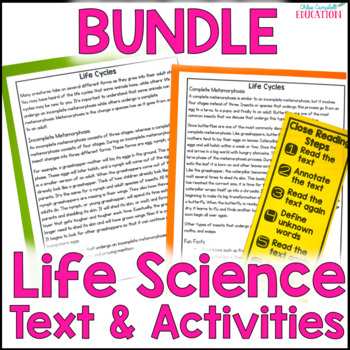
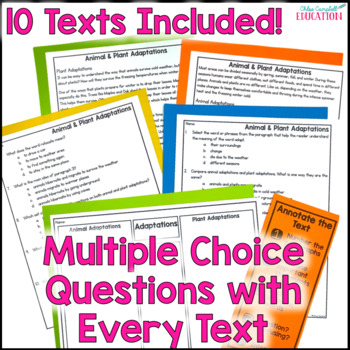


















 Add and Subtract Decimals | Plan a Sweet Treat Party
Add and Subtract Decimals | Plan a Sweet Treat Party  5th Grade Math Review | Differentiated Math Games | Bundle | Spin and Answer
5th Grade Math Review | Differentiated Math Games | Bundle | Spin and Answer 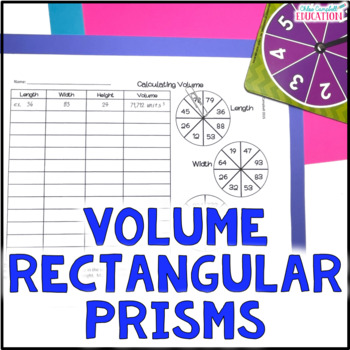 5th Grade Math Review | Differentiated Math Games | Bundle | Spin and Answer → Calculating Volume of Rectangular Prisms Game Differentiated Geometry Activity
5th Grade Math Review | Differentiated Math Games | Bundle | Spin and Answer → Calculating Volume of Rectangular Prisms Game Differentiated Geometry Activity  5th Grade Math Review | Differentiated Math Games | Bundle | Spin and Answer → Comparing Decimals to the Thousandths Game Differentiated 4th & 5th Grade Review
5th Grade Math Review | Differentiated Math Games | Bundle | Spin and Answer → Comparing Decimals to the Thousandths Game Differentiated 4th & 5th Grade Review 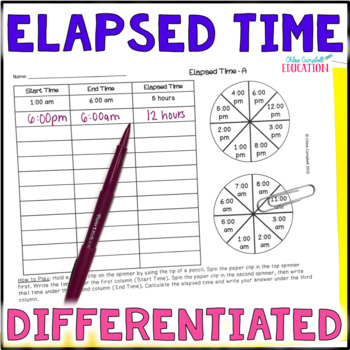 5th Grade Math Review | Differentiated Math Games | Bundle | Spin and Answer → Elapsed Time Game and Review Activity Telling Time Differentiated Math Activity
5th Grade Math Review | Differentiated Math Games | Bundle | Spin and Answer → Elapsed Time Game and Review Activity Telling Time Differentiated Math Activity 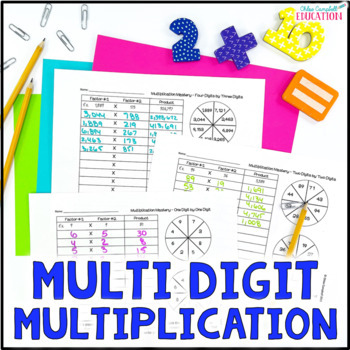 5th Grade Math Review | Differentiated Math Games | Bundle | Spin and Answer → Multi Digit Multiplication Game - Multiplication Practice Spin and Answer Math
5th Grade Math Review | Differentiated Math Games | Bundle | Spin and Answer → Multi Digit Multiplication Game - Multiplication Practice Spin and Answer Math  5th Grade Math Review | Differentiated Math Games | Bundle | Spin and Answer → Multiply & Divide Decimals by Powers of 10 Game Differentiated Review & Practice
5th Grade Math Review | Differentiated Math Games | Bundle | Spin and Answer → Multiply & Divide Decimals by Powers of 10 Game Differentiated Review & Practice 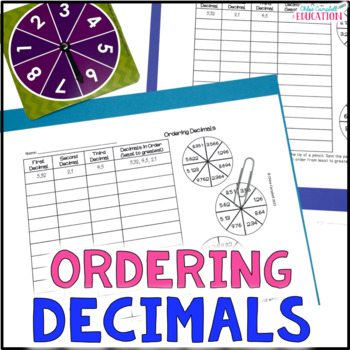 5th Grade Math Review | Differentiated Math Games | Bundle | Spin and Answer → Ordering Decimals Game - Practice Comparing & Ordering Decimals Station Activity
5th Grade Math Review | Differentiated Math Games | Bundle | Spin and Answer → Ordering Decimals Game - Practice Comparing & Ordering Decimals Station Activity  5th Grade Math Review | Differentiated Math Games | Bundle | Spin and Answer → Area and Perimeter Game | 4th and 5th Grade | Differentiated Math Centers
5th Grade Math Review | Differentiated Math Games | Bundle | Spin and Answer → Area and Perimeter Game | 4th and 5th Grade | Differentiated Math Centers 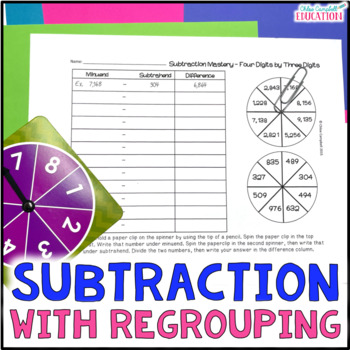 5th Grade Math Review | Differentiated Math Games | Bundle | Spin and Answer → Subtraction with Regrouping - 1 Digit up to 4 Digit Subtraction Math Game
5th Grade Math Review | Differentiated Math Games | Bundle | Spin and Answer → Subtraction with Regrouping - 1 Digit up to 4 Digit Subtraction Math Game 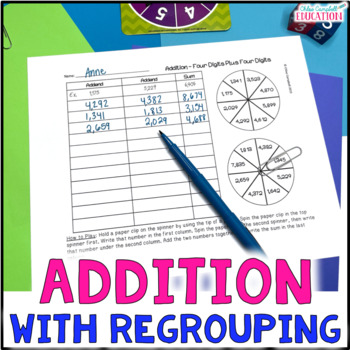 5th Grade Math Review | Differentiated Math Games | Bundle | Spin and Answer → Adding 2 Digit Numbers with Regrouping up to 4 Digits Addition Spinner Math Game
5th Grade Math Review | Differentiated Math Games | Bundle | Spin and Answer → Adding 2 Digit Numbers with Regrouping up to 4 Digits Addition Spinner Math Game 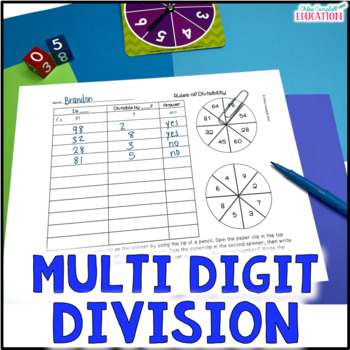 5th Grade Math Review | Differentiated Math Games | Bundle | Spin and Answer → Long Division Games - Divisibility Rules Game - 4th and 5th Grade Math Center
5th Grade Math Review | Differentiated Math Games | Bundle | Spin and Answer → Long Division Games - Divisibility Rules Game - 4th and 5th Grade Math Center  5th Grade Math Review | Differentiated Math Games | Bundle | Spin and Answer → Add Subtract Multiply Divide Fractions Activities Operations with Fractions Game
5th Grade Math Review | Differentiated Math Games | Bundle | Spin and Answer → Add Subtract Multiply Divide Fractions Activities Operations with Fractions Game  5th Grade Math Review | Differentiated Math Games | Bundle | Spin and Answer → Rounding Decimals to Nearest Whole Number Tenth Hundredth Games 4th & 5th Grade
5th Grade Math Review | Differentiated Math Games | Bundle | Spin and Answer → Rounding Decimals to Nearest Whole Number Tenth Hundredth Games 4th & 5th Grade 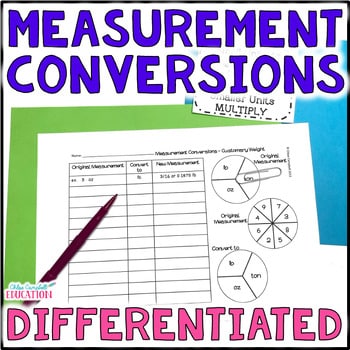 5th Grade Math Review | Differentiated Math Games | Bundle | Spin and Answer → Converting Customary & Metric Units Game 5th Differentiated Measurement Activity
5th Grade Math Review | Differentiated Math Games | Bundle | Spin and Answer → Converting Customary & Metric Units Game 5th Differentiated Measurement Activity  5th Grade Math Review | Differentiated Math Games | Bundle | Spin and Answer → Write Decimals in Standard Expanded & Word Form Activity 5th Grade Decimals Game
5th Grade Math Review | Differentiated Math Games | Bundle | Spin and Answer → Write Decimals in Standard Expanded & Word Form Activity 5th Grade Decimals Game  5th Grade Math Review | Differentiated Math Games | Bundle | Spin and Answer → Adding Decimals Game - Spin and Answer Math Review Center - 5th Grade
5th Grade Math Review | Differentiated Math Games | Bundle | Spin and Answer → Adding Decimals Game - Spin and Answer Math Review Center - 5th Grade  5th Grade Math Review | Differentiated Math Games | Bundle | Spin and Answer → Multiplication of Decimals Game Spin & Answer Activity Differentiated Math Game
5th Grade Math Review | Differentiated Math Games | Bundle | Spin and Answer → Multiplication of Decimals Game Spin & Answer Activity Differentiated Math Game  5th Grade Math Review | Differentiated Math Games | Bundle | Spin and Answer → Dividing Decimals Spin and Answer Game | 5th Grade Math Center
5th Grade Math Review | Differentiated Math Games | Bundle | Spin and Answer → Dividing Decimals Spin and Answer Game | 5th Grade Math Center  5th Grade Math Review | Differentiated Math Games | Bundle | Spin and Answer → Subtracting Decimals Game Differentiated Spin & Answer Math Intervention Center
5th Grade Math Review | Differentiated Math Games | Bundle | Spin and Answer → Subtracting Decimals Game Differentiated Spin & Answer Math Intervention Center
Reviews
There are no reviews yet.